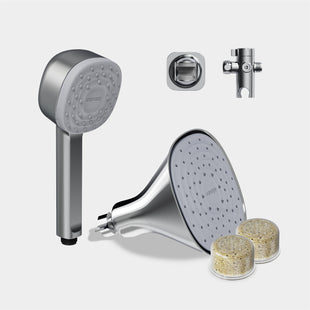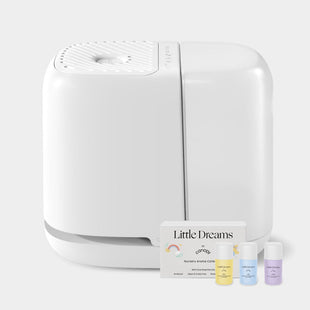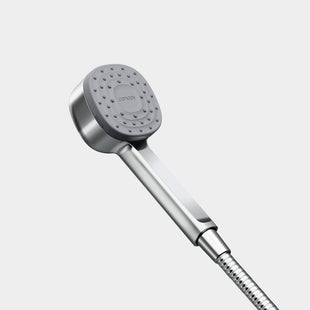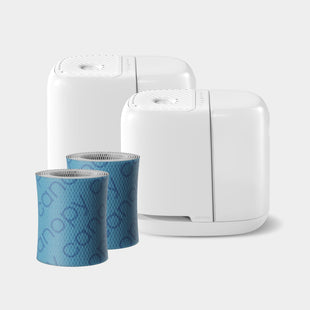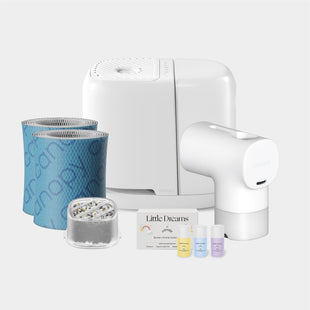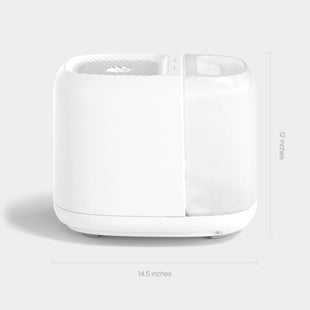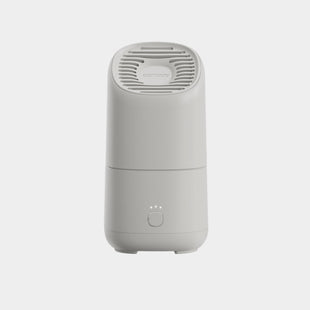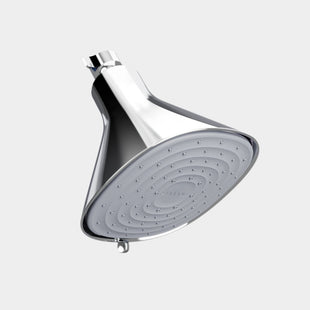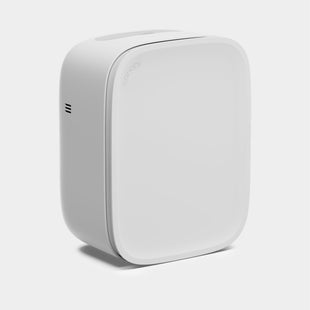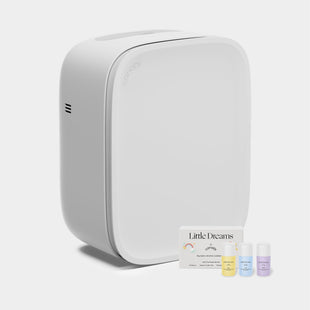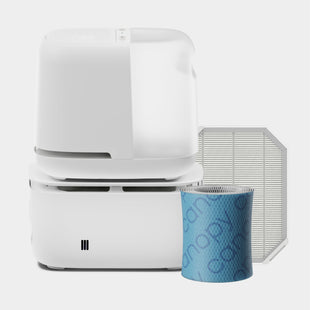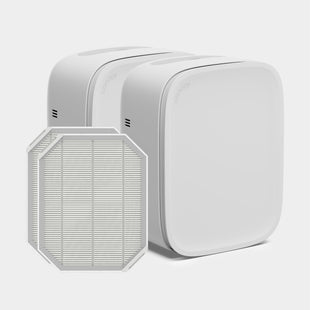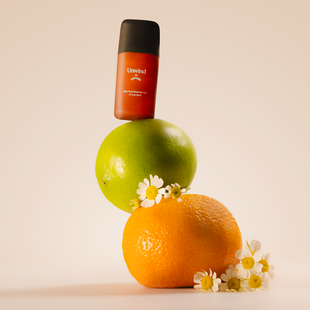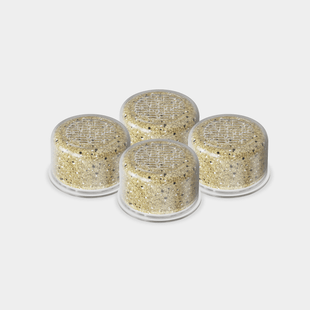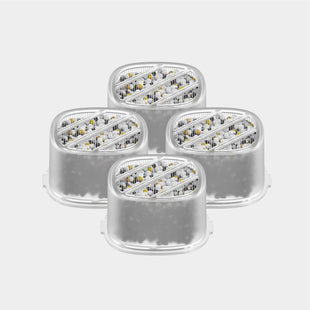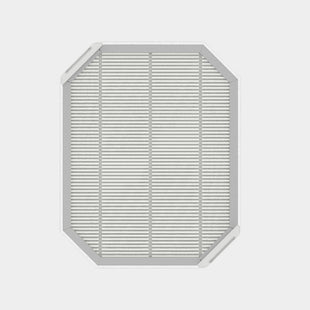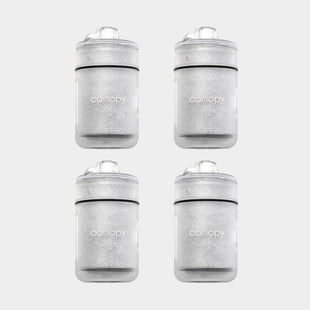For those of us with a knowledge deficit on the topic of gardening and plant “parenting,” it may be utterly shocking to discover that many types of houseplants require moderate to high levels of humidity.
Simply placing a beautiful shrub on the window sill and praying that memory serves an accurate date of the shrub’s last watering session is just not enough TLC for most plant types. Parenting is hard, and plant parenting is no exception.
Luckily, providing your little green children with the appropriate levels of humidity for healthy growth and prosperity is nearly effortless with the proper tools. Humidifiers, though traditionally intended for human use, equally benefit plants. Regular use of a plant humidifier in your home prevents plant dehydration from evapotranspiration keeping your plants happy and vibrant.
Which Plants Require Humidity?
The untimely death of your beautiful birthday orchid or the now sallow fronds of the luscious Boston Fern you picked up from Home Depot on a whim can likely be attributed to a lack of humidity.
The majority of plants, aside from cacti and succulents, require a humidity level of around 60% on the low end and 80% on the high end. Any tropical or semi-tropical plant will require a high level of humidity in order to thrive.
Plants that belong to the phylum Bryophyta, Pteridophyta and some Gymnosperm tend to require high levels of humidity as a result of their tropical origin. The most popular high humidity plants are:
Boston Fern

The Boston Fern requires moderate humidity to flourish. In a bone-dry home, Boston Ferns will turn a shade of yellow and break off from their fronds.
English Ivy

English Ivy is a bit tricky to maintain, but the result is worth it. This plant has a beautiful, rich green color if humidity levels are moderate to high and watering is moderated properly.
Orchid

It is a common misconception that Orchids need only a few ice cubes once per week to survive. While ice cubes are a great solution for a slow-drip watering system, Orchids need humidity to maintain their beautiful buds.
Majesty Palm

The Majesty Palm is deserving of such a regal name. These palms are beautiful if maintained in a humid environment. Majesty Palms love humidity and require occasional misting to thrive.
Fiddle Leaf Fig

This fig plant has become extremely popular in home decor over the past few years though many Fiddle Leaf Fig owners struggle with maintenance. The solution is simple: humidity! These plants flourish in a warm, wet environment.
How Does a Humidifier for Plants Help?
All plants go through a process of evapotranspiration, which is a fancy word for the loss of water from both the soil and the leaves of a plant.
The most common explanation for wilted or droopy leaves is either a lack of water or a lack of sufficient light. Unfortunately, this bifurcation is too simplistic. Your plants may actually be lacking in the necessary humidity to survive in your home.
Think about a tropical climate like in Costa Rica, Hawaii or the Florida Keys: temperatures range from 75-90 degrees with a humidity level of around 80%. Tropical plants, in turn, require an environment as close to tropical conditions as possible or they will perish.
A humidifier, which is a device that increases the relative humidity of the air, helps to replenish plants with the water lost from evapotranspiration. Humidifiers for plants prevent dehydration by increasing the concentration of water content in the air, which is ultimately absorbed by the plants and converted into energy.
Humidity = happy plants. Happy plants = happy plant parent. Everyone leaves with a smile on their face.
Which Type of Humidifier is Best for Plants?
While a basic humidifier would suffice for plant use, there are a few key features that can make your life easier when caring for your plants.
Auto Shut-Off Feature
For optimal plant health, the goal is to achieve 60% humidity in the room where your plants live. Any higher than 60% may get mildly uncomfortable for your personal living conditions.
Choosing a humidifier with an auto shut-off feature that either shuts off when humidity levels reach a pre-set percentage or a humidifier that shuts off after a set time is the most convenient option.
The best way to care for your high humidity plants is to turn on your plant humidifier in the morning when you wake up and let it run until around noon.
Warm Mist Option
A humidifier with a warm mist option provides your plants with an environment as close to a tropical paradise as possible (without the rain and mosquitoes, of course).
Warm mist humidifiers work by heating water to a boiling point and dispersing warmed water into the air. The boiling process is beneficial to eliminating bacteria from the water and reducing or preventing the build-up of mold in the water tank over time.
Filter System
Humidifiers with a built-in filtration system are beneficial to controlling the quality of mist released into the air.
Humidifier filters prevent microorganisms and minerals from entering the mist, which can be potentially harmful in large amounts both to humans and plants.

